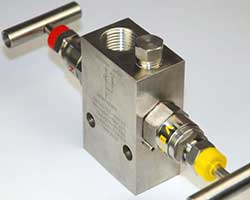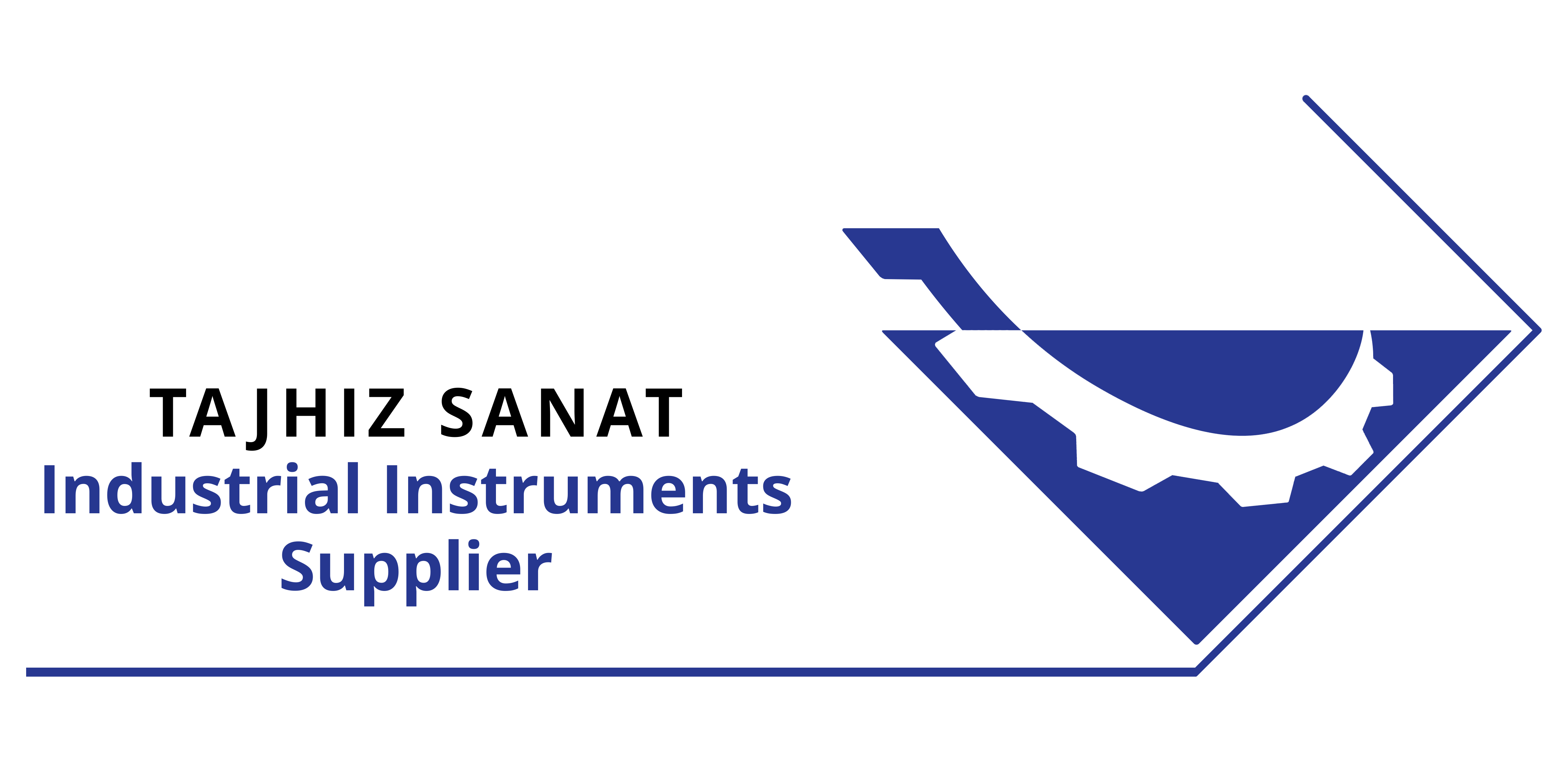
24 Apr Manifold Valves
A manifold valve for a pressure transmitter, also known as a transmitter manifold or instrument manifold, is a device used to connect and isolate a pressure transmitter from the process piping or system it is measuring. It provides a secure and convenient way to install, remove, or replace the transmitter without interrupting the process or releasing the pressure in the system.
The manifold valve typically consists of the following components:
Body: The body of the manifold valve is a block or housing made of metal (such as stainless steel) or other suitable materials. It provides the structural support and contains the internal passages and connections.
Process Connections: The manifold valve has inlet and outlet ports that are designed to connect to the process piping or system. These ports are typically threaded or flanged to match the process connection requirements.
Transmitter Connection: The manifold valve has a connection point specifically designed to accommodate the pressure transmitter. It may include threaded or flanged connections, as well as a sealing mechanism to ensure a leak-free connection.
Isolation Valves: The manifold valve usually includes isolation valves on both the inlet and outlet sides. These valves allow for the isolation of the pressure transmitter from the process, enabling safe removal or replacement of the transmitter without interrupting the process flow or releasing the system pressure.
Vent and Drain Valves: Some manifold valves may include additional valves, such as vent and drain valves. These valves are used for purging air or draining fluids from the system during installation, maintenance, or troubleshooting.
The manifold valve for a pressure transmitter serves several purposes:
Isolation: It provides a means to isolate the pressure transmitter from the process, allowing for safe removal or replacement of the transmitter without interrupting the process flow or releasing the system pressure.
Protection: The manifold valve protects the pressure transmitter from the harsh or corrosive process fluid, preventing damage to the transmitter and ensuring its longevity.
Calibration and Maintenance: The manifold valve allows for easy access to the pressure transmitter for calibration, maintenance, or troubleshooting activities. The isolation valves enable the removal of the transmitter while keeping the process intact.
Installation Flexibility: The manifold valve provides a standardized connection point for the pressure transmitter, simplifying the installation process and ensuring consistency.
Overall, a manifold valve for a pressure transmitter enhances the ease, safety, and efficiency of installing, maintaining, and replacing pressure transmitters in various industrial applications.
